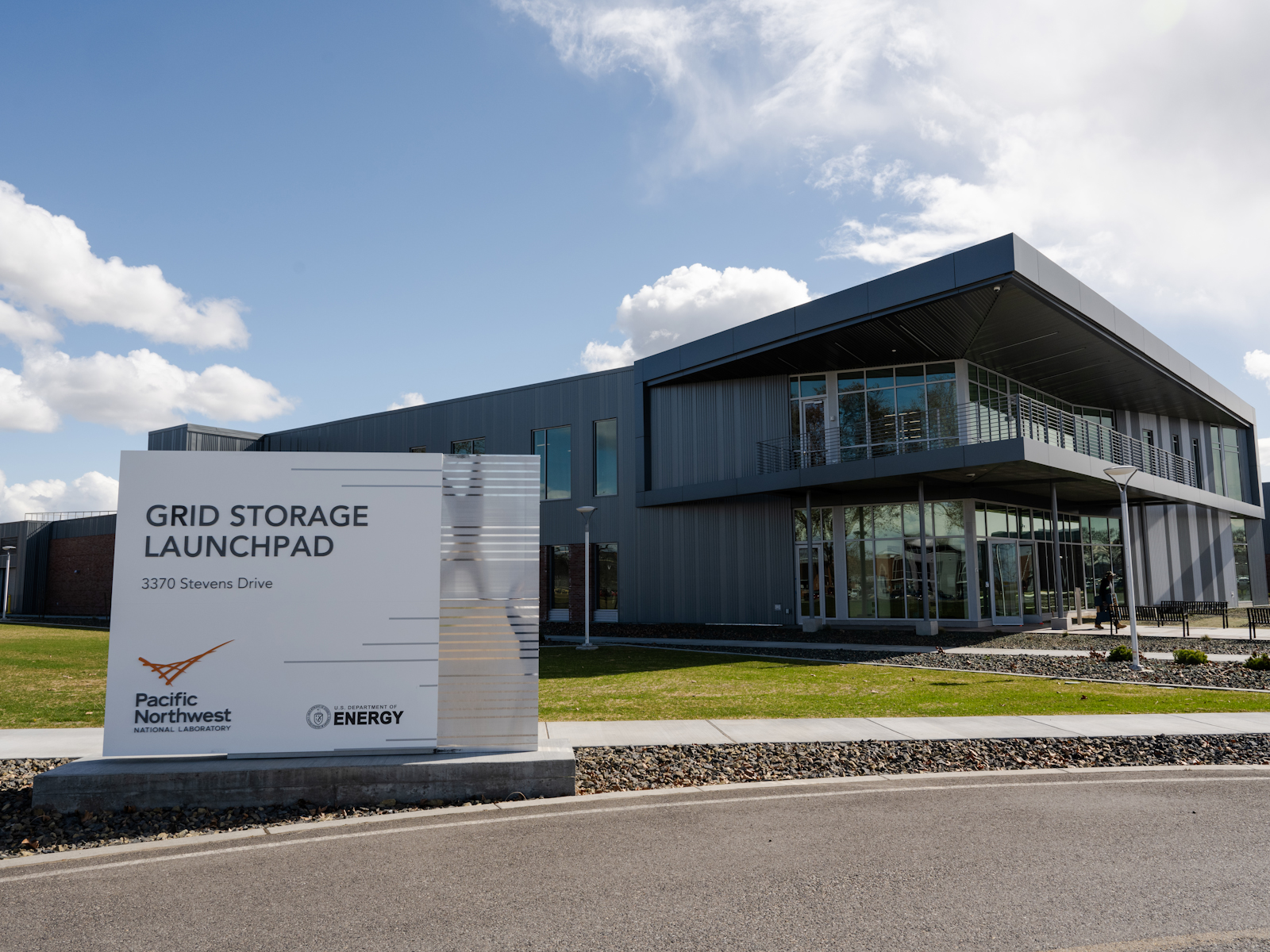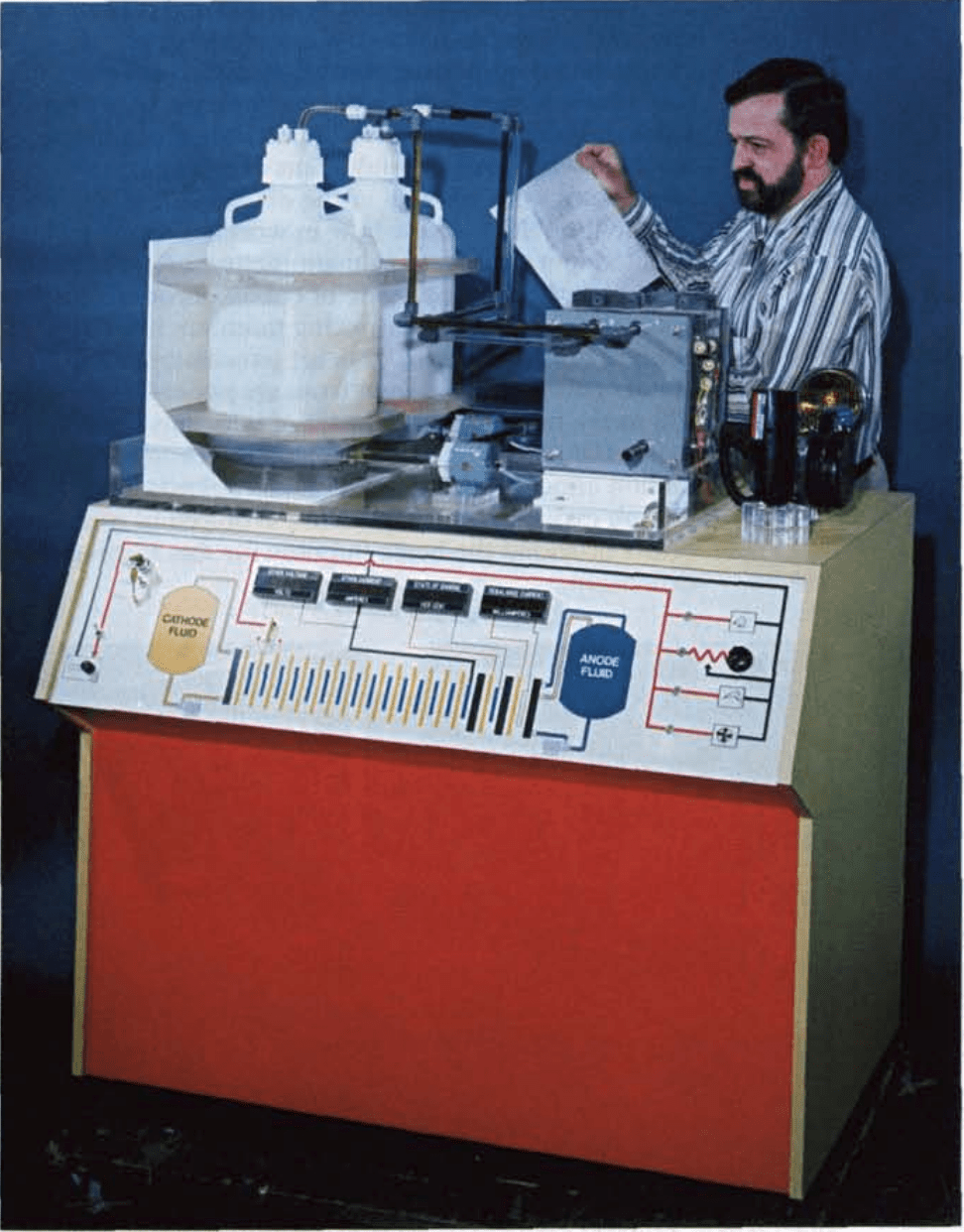RICHLAND, Wash.—The Pacific Northwest National Laboratory (PNNL) has unveiled its new 93,000-square-foot Grid Storage Launchpad (GSL), a state-of-the-art research facility designed to accelerate the development of advanced energy storage technologies. The facility, funded by the U.S. Department of Energy’s (DOE) Office of Electricity, in collaboration with the Office of Science, aims to bolster the nation’s electrical grid and transportation sector through innovative energy storage solutions.
Pioneering Energy Storage Developments
The Grid Storage Launchpad will serve as the central hub for PNNL’s energy storage research, bringing together experts in battery chemistry and grid-scale energy storage. This facility enables scientists to accelerate the development and validation of new battery materials and systems, crucial for achieving the nation’s clean energy goals. With GSL, researchers will have the capability to test and validate battery technologies under real-world conditions, ensuring they meet the demands of a resilient and reliable grid.
“Energy storage will be a significant part of a resilient and reliable grid that’s fully decarbonized. And GSL will help us get there,” said Vince Sprenkle, the first director of the Grid Storage Launchpad. Sprenkle emphasized that GSL’s integrated approach, from fundamental materials research to testing large-scale battery systems, will be instrumental in advancing grid-scale energy storage technologies.
Driving Solar Energy Market Trends
As the global energy market trends towards sustainability, the need for advanced energy storage solutions becomes more critical. GSL is uniquely equipped to rigorously evaluate new battery materials, from conceptual stages to 100-kilowatt systems, under realistic grid operating conditions. This comprehensive testing capability will allow for faster development and deployment of new grid-scale storage technologies, directly impacting the solar energy market and energy storage sectors.
Laboratory Director Steve Ashby highlighted the significance of GSL in his opening remarks, stating, “GSL will house some of the world’s most accomplished scientists and engineers, working together to develop real-world solutions that will benefit our nation and the world.” The collaboration between national laboratories, academia, and industry partners at GSL will help drive innovations in energy storage, supporting the broader goals of green energy policies and solar energy investment.
Addressing Critical Energy Storage Challenges
One of the key focuses of GSL will be identifying and testing new battery chemistries that utilize Earth-abundant elements such as carbon, sodium, iron, and zinc. These alternatives to current critical materials are essential for developing long-duration grid energy storage systems, a cornerstone for a more reliable and sustainable energy infrastructure.
Moreover, GSL will complement ongoing research at PNNL’s Electricity Infrastructure and Operations Center (EIOC), where scientists have developed advanced tools to monitor and improve grid performance. Together, the two facilities will ensure that new energy storage technologies meet industry needs while laying the groundwork for a more robust and reliable grid.
Collaborative Efforts and Future Impact
In addition to its research capabilities, GSL will serve as a center for education and collaboration, providing training for technicians, first responders, safety officials, and grid operators on the operation and safety of energy storage systems. This emphasis on education and collaboration is a hallmark of GSL’s mission, reflecting its role as a catalyst for transforming the energy storage industry.
Geri Richmond, DOE Under Secretary for Science and Innovation, underscored the importance of GSL, stating, “This new Grid Storage Launchpad is where we will transform the energy storage industry, which is key to modernizing the U.S. electric grid.” Richmond highlighted that GSL’s researchers, equipped with cutting-edge tools, will lead the charge towards a cleaner, more sustainable energy future.
The facility, which includes 30 laboratories and will house approximately 100 researchers, was made possible through federal funding, with additional contributions from Battelle, PNNL, and the state of Washington. The Washington State Department of Commerce also provided funding for advanced research equipment and specialized instrumentation, further supporting GSL’s mission to drive energy storage advancements.
Source:miragenews.com





